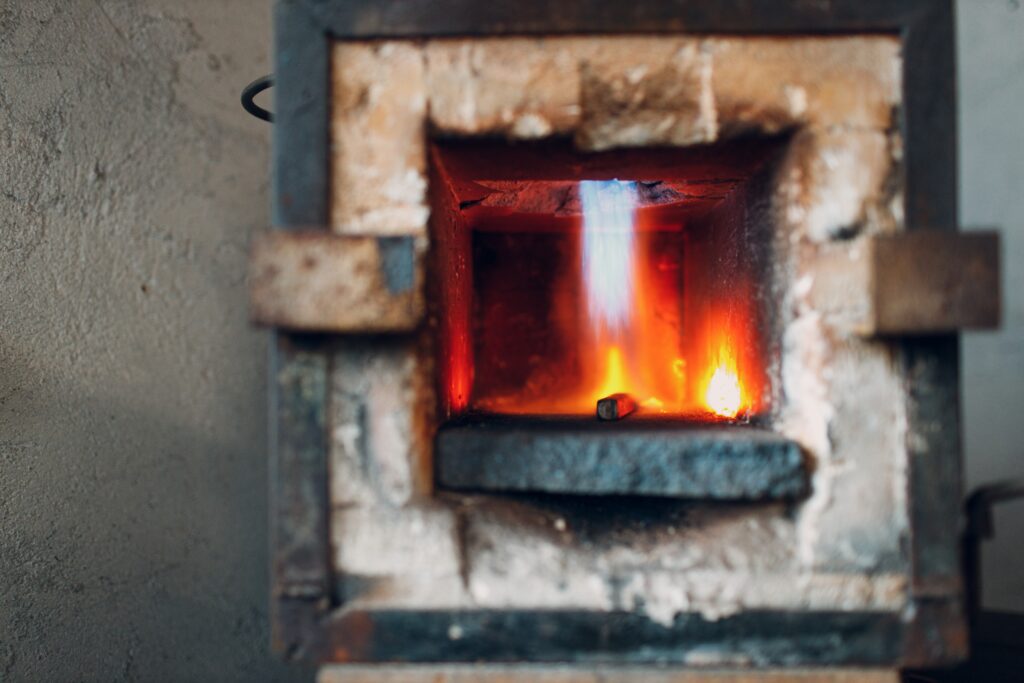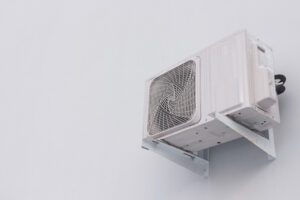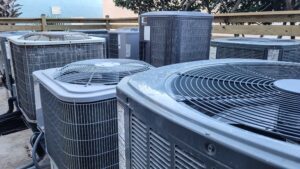Is your furnace reaching the end of its lifespan? Are you asking yourself: “When Is It Time for a Furnace Replacement?” As a homeowner, it’s important to recognize the signs that indicate the need for a furnace replacement. Understanding when to invest in a new furnace can save you from costly repairs and ensure your home stays warm and comfortable. In this article, we’ll explore the average lifespan of a furnace, the factors that affect its longevity, and exactly when it’s time for a furnace replacement. We’ll also discuss the cost considerations of furnace replacement and provide tips on choosing the right furnace for your home. Finally, we’ll guide you through the process of furnace replacement, from preparing your home for installation to understanding what to expect during the process.
Understanding Your Furnace’s Lifespan
Before determining if it’s time for a furnace replacement, it’s important to have a clear understanding of your furnace’s lifespan. On average, a well-maintained furnace can last between 15 and 20 years. However, this can vary depending on several factors.
Average Lifespan of a Furnace
The typical lifespan of a furnace is influenced by various factors, including the type of furnace, frequency of maintenance, and overall usage. Gas furnaces, for example, tend to last longer than electric furnaces, with an average lifespan of 15 to 30 years. Oil furnaces fall somewhere in between, typically lasting around 20 years.
Gas furnaces have a longer lifespan due to their robust construction and efficient operation. They are designed to withstand the demands of heating a home for extended periods. Electric furnaces, on the other hand, have a shorter lifespan because they rely on electrical components that may wear out over time.
In addition, regular maintenance plays a crucial role in extending the lifespan of your furnace. Routine inspections, cleaning, and tune-ups can help identify and fix minor issues before they become major problems. This not only ensures the longevity of your furnace but also helps maintain its efficiency and performance.
Factors Affecting Furnace Lifespan
Several factors can affect the lifespan of your furnace. One significant factor is the quality of the furnace itself. Investing in a high-quality furnace from a reputable manufacturer can increase its lifespan and reduce the likelihood of breakdowns. A well-built furnace with durable components is more likely to withstand the test of time.
Another key factor is the environment in which the furnace operates. If your furnace is constantly exposed to harsh weather conditions or operates in a dusty or dirty environment, it may experience more wear and tear, potentially shortening its lifespan. For example, if your furnace is located in a basement prone to flooding, the excess moisture can cause corrosion and damage to the furnace components.
Furthermore, the frequency of usage affects how long your furnace will last. If your furnace is running almost continuously during the winter months, it may wear out faster compared to a furnace that experiences less usage. This is because the constant cycling on and off puts more strain on the furnace’s components, leading to increased wear and tear.
It’s worth noting that while these factors can give you a general idea of your furnace’s lifespan, every furnace is unique. Factors such as installation quality, maintenance history, and even luck can also play a role in determining how long your furnace will last.
Signs Your Furnace May Need Replacement
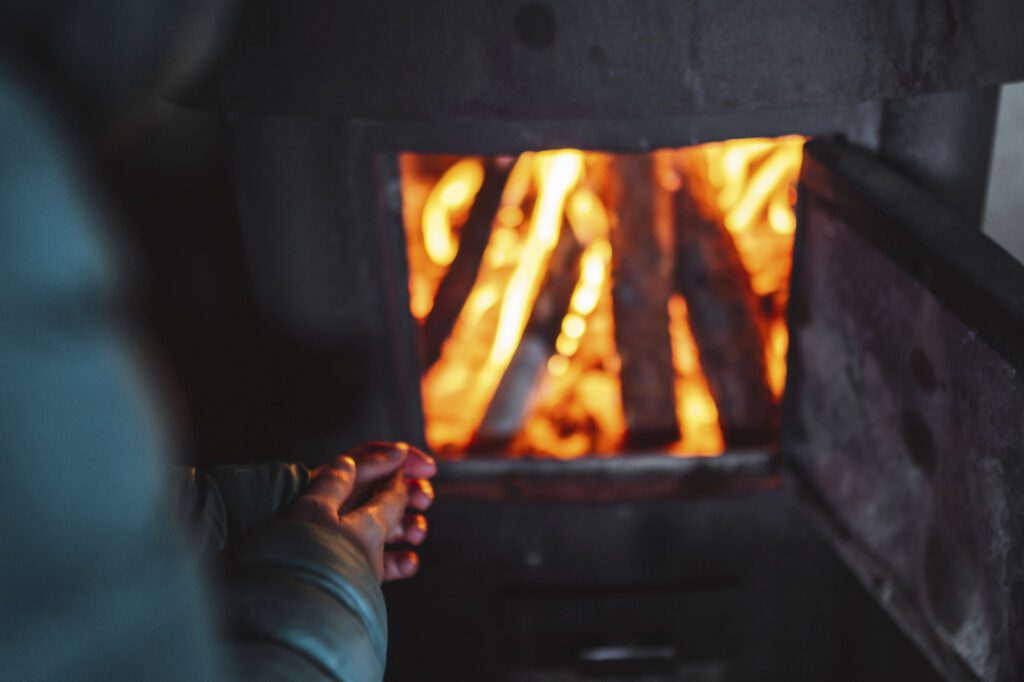
Recognizing the signs that your furnace may need replacement is essential in avoiding a sudden breakdown and maintaining a comfortable living environment. Keep an eye out for the following indications:
Unusual Noises or Smells
If you notice strange noises, such as banging, screeching, or rattling coming from your furnace, it is a clear sign that something is amiss. Similarly, foul odors, especially those resembling burning or gas leaks, should not be ignored. These signs could indicate mechanical issues or potentially dangerous gas leaks. It’s best to consult a professional and consider a replacement.
Rising Energy Bills
If you’ve noticed a significant increase in your energy bills without any major changes in your usage habits, your aging furnace could be to blame. As furnaces age, they become less efficient, leading to higher energy consumption. Investing in a new, energy-efficient furnace can significantly reduce your energy costs in the long run.
Frequent Repairs
Are you finding yourself constantly calling for furnace repairs? As furnaces age, they require more frequent maintenance and repairs. If you find that the cost of repairs is becoming increasingly expensive or your furnace is experiencing breakdowns more often, it may be more cost-effective to replace the unit altogether.
Another important factor to consider when contemplating furnace replacement is the age of your current unit. Most furnaces have a lifespan of around 15-20 years. If your furnace is approaching or has exceeded this age range, it may be time to start thinking about a replacement. Older furnaces not only become less efficient but also pose a higher risk of malfunctioning, potentially leaving you without heat in the middle of winter.
Inconsistent Heating
Have you noticed that some rooms in your home are consistently colder than others? Inconsistent heating throughout your house could be a sign that your furnace is struggling to distribute heat evenly. This could be due to a variety of issues, such as a failing blower motor or clogged air ducts. Upgrading to a new furnace can help ensure that every corner of your home receives the warmth it needs, improving overall comfort.
Evaluating the Cost of Furnace Replacement
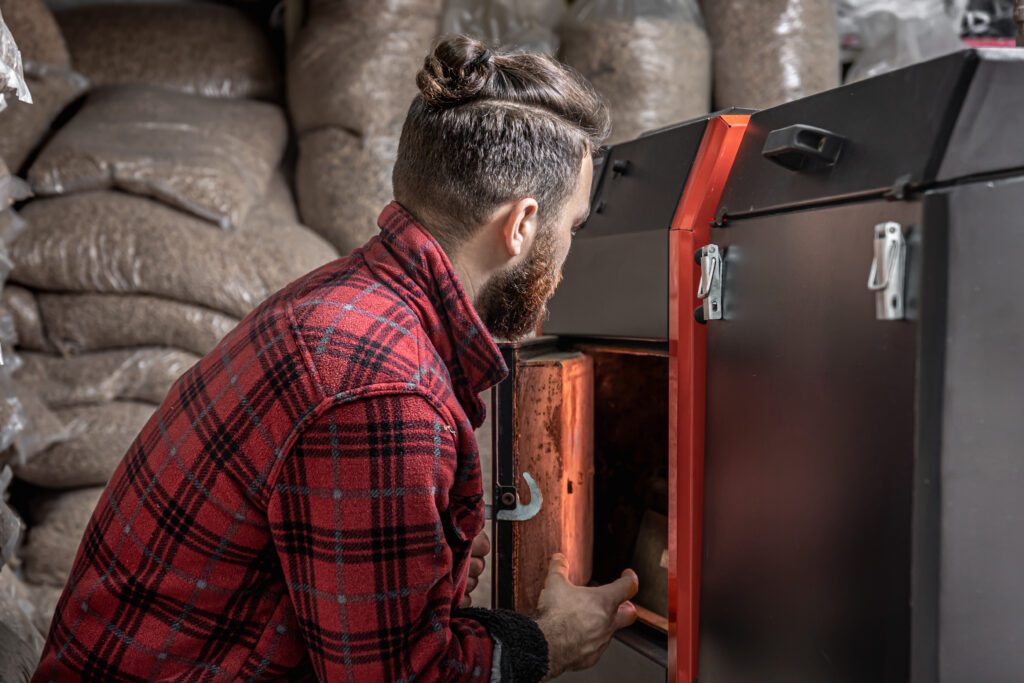
Many homeowners fear the cost of furnace replacement, but it’s important to consider the long-term savings and benefits that come with a new, efficient furnace.
When evaluating the cost of furnace replacement, it’s essential to take into account not just the financial aspect but also the environmental impact. Older furnaces are often less energy-efficient, leading to higher carbon emissions and a larger carbon footprint. By investing in a new, energy-efficient furnace, you not only save money on your heating bills but also contribute to a greener and more sustainable future.
Initial Investment vs Long-Term Savings
While the initial investment of a new furnace may seem significant, the long-term savings should not be overlooked. Newer furnace models are designed to be more energy-efficient, which can lead to substantial savings on your heating bills over time. Additionally, modern furnaces often come with advanced features and technologies that enhance comfort and convenience.
Furthermore, a new furnace can increase the overall value of your home. Potential buyers are often willing to pay more for a house with a new, efficient heating system already in place. This can be a significant selling point if you ever decide to put your home on the market, providing a return on your investment in the form of increased property value.
Financing Options for Furnace Replacement
If the upfront cost is a concern, don’t worry! There are various financing options available to help make furnace replacement more affordable. Some manufacturers or HVAC companies offer financing plans with flexible payment options. It’s worth exploring these options to find a solution that fits your budget and allows you to enjoy the benefits of a new furnace without straining your finances.
Additionally, some government incentives and rebates may be available for upgrading to an energy-efficient furnace. These financial incentives can further offset the initial cost of replacement, making it even more cost-effective in the long run. Be sure to research and inquire about any available programs in your area to maximize your savings and make the transition to a new furnace even more beneficial.
Choosing the Right Furnace for Your Home
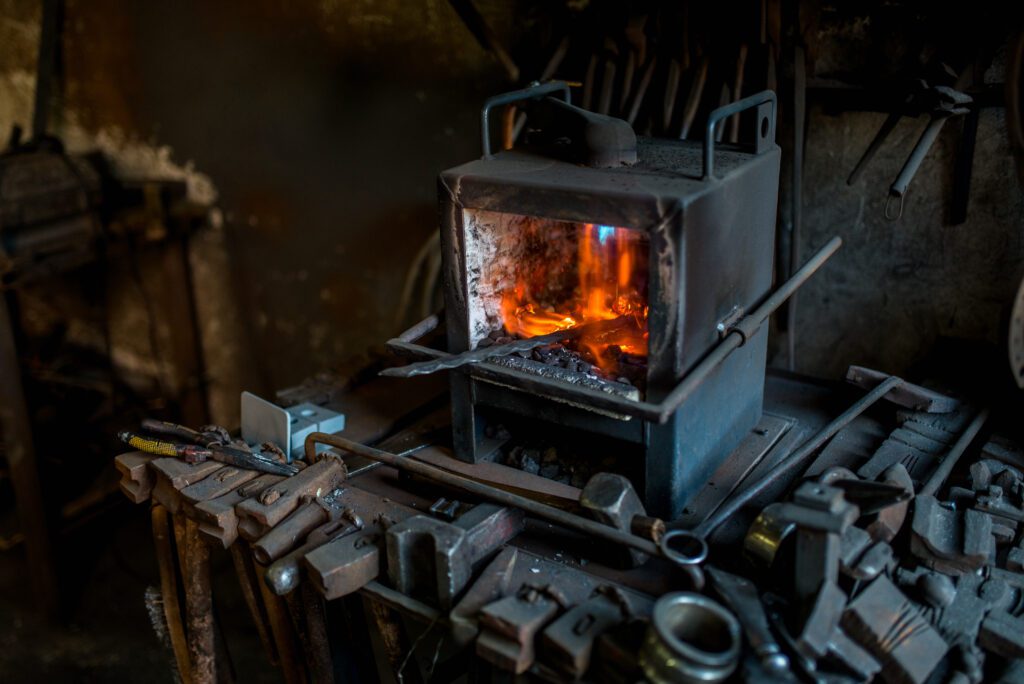
When it comes to selecting a new furnace for your home, there are several factors to consider. Here are a couple of important considerations:
Types of Furnaces
There are different types of furnaces, including gas, electric, and oil furnaces. Each type has its own advantages and considerations. Gas furnaces are known for their energy efficiency and affordability, while electric furnaces are easier to install and have lower upfront costs. Oil furnaces, on the other hand, are often the preferred option in areas without access to natural gas. Understanding the pros and cons of each type can help you make an informed decision.
Gas furnaces are a popular choice for many homeowners due to their high energy efficiency and cost-effectiveness. They operate by burning natural gas to produce heat, which is then distributed throughout the home via ductwork. Gas furnaces are known for their ability to quickly and effectively heat a home, making them ideal for colder climates.
Energy Efficiency Considerations
When selecting a new furnace, it’s important to consider its energy efficiency rating. Look for furnaces with a high Annual Fuel Utilization Efficiency (AFUE) rating, as this indicates how efficiently the furnace converts fuel into heat. A higher AFUE rating means greater efficiency and potentially lower operating costs.
Electric furnaces are another option to consider for your home heating needs. While they may have lower upfront costs compared to gas furnaces, they are generally more expensive to operate in the long run. Electric furnaces work by using heating elements to warm the air, which is then circulated throughout the home. They are a good choice for areas where natural gas is not readily available or for smaller homes where the heating load is not as high.
The Process of Furnace Replacement
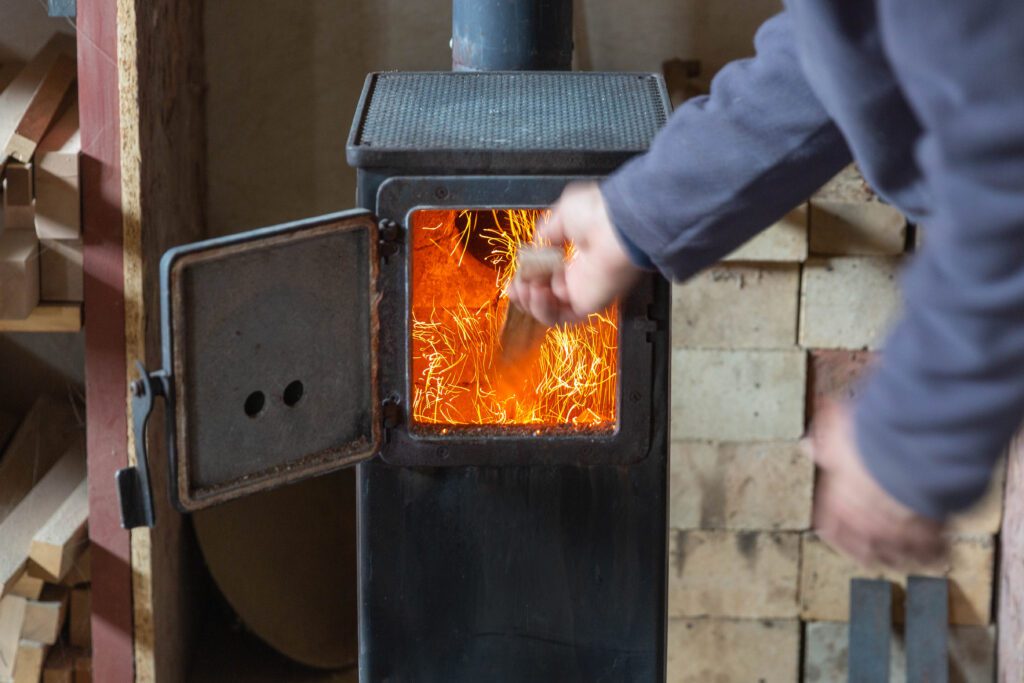
Now that you’ve made the decision to replace your furnace, let’s walk through the process:
Preparing Your Home for Replacement
Before the installation, ensure that the area around your furnace is clear of any obstacles. Clear a path for the technicians and remove any items that could hinder their work. This includes not only furniture but also any decorative items or personal belongings that may be in the way. It’s important to create a safe and spacious environment for the technicians to work efficiently.
Additionally, consider covering nearby furniture or belongings to protect them from dust or debris during the installation. Although HVAC technicians take precautions to minimize mess, it’s always a good idea to take extra measures to safeguard your belongings.
What to Expect During Installation
During the installation process, HVAC technicians will remove your old furnace and replace it with the new unit. They will carefully disconnect all the necessary components and ensure that the old furnace is safely removed from your home. This requires expertise and precision to avoid any damage to your property.
Once the old furnace is removed, the technicians will begin the installation of the new unit. This involves connecting the new furnace to the existing ductwork, electrical system, and gas lines. They will also make any necessary adjustments to ensure proper operation and efficiency. This includes calibrating the thermostat, checking for any leaks, and ensuring that all connections are secure.
The duration of the installation process will depend on various factors, including the complexity of the installation and the type of furnace being installed. In some cases, the installation can be completed in a few hours, while more complex installations may take a full day or longer. The technicians will provide you with an estimated timeline before they begin the installation.
Once the installation is complete, the technicians will test the new furnace to ensure it’s running smoothly. They will check for proper airflow, test the heating function, and ensure that all safety features are functioning correctly. This thorough testing process is essential to ensure that your new furnace is operating at its optimal level.
After the testing is complete, the technicians will provide you with any necessary information regarding maintenance, operation, and warranty details. They will explain how to properly care for your new furnace, including regular filter changes, annual maintenance, and any specific instructions for your particular model. It’s important to follow these guidelines to maximize the lifespan and efficiency of your new furnace.
In conclusion, recognizing the signs that indicate the need for a furnace replacement is crucial for maintaining a comfortable home and avoiding unexpected breakdowns. Understanding the average lifespan of a furnace, the factors that affect its longevity, and the evaluation of replacement costs can aid in making an informed decision. By choosing the right furnace for your home and following the proper installation process, you can ensure optimal comfort and energy efficiency for years to come.

